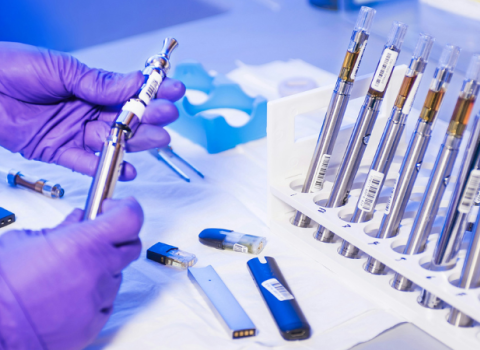
The report investigates industry structure, job creation, key outputs such as patents and the pipeline of projects in clinical trials, in the biotech sectors in Denmark and Sweden.
While in 1997 the Danish sector was only half the size of its Swedish counterpart, by 2004 it had slightly more companies, consisting of 49 firms with 1,012 employees.
In almost all the years covered by the study (1997-2004) investments is higher in Denmark than in Sweden. Up to 2001 investment levels per employee were almost twice as high in Denmark. In the post-genomics bust from 2001 onwards the two countries temporarily converged, but Denmark has since reasserted its position, and in 2004 again reached investment levels two times greater than Sweden.
After the bubble burst
Sweden suffered more when the genomics bubble burst, losing 21 per cent of biotech jobs, compared to a drop of only 7 per cent in Denmark. According to the authors, one of the likely causes for this difference is the generally higher level of investment in Danish firms, which gave them added financial strength in the downturn. “This could be thought of as a soft shakeout in which firms are rarely forced to close down altogether. Instead they were required to prioritise and select activities and objectives.”
Danish and Swedish biotech shows a similar divergence on the patenting front. From 1997-2004 Danish companies generated an average of 0.08 patents per employee per year, 1.4 times as high as in Sweden. Similarly, in 2004, Danish firms on average had 2.2 projects in their pipeline compared with 1.8 in Sweden.
The authors ascribe all these differences to the higher level of venture capital support that the Danish sector has enjoyed, but point out that this begs the question of why VCs have had greater belief in Danish start-ups.
“One explanation for their better funding could be that the Danish institutional framework provides stronger links between venture capital firms and drug discovery and development firms,” says the report. “Another explanation could be that regardless of their institutional setting, Danish companies are better at attracting venture capital because they have a lower risk business model.”
Developing Denmark’s biotech sector has been a key priority of the country’s science and technology policies from the early 1990s onwards. Neurosearch A/S, established in 1988, is the oldest company in the sector.





 A unique international forum for public research organisations and companies to connect their external engagement with strategic interests around their R&D system.
A unique international forum for public research organisations and companies to connect their external engagement with strategic interests around their R&D system.